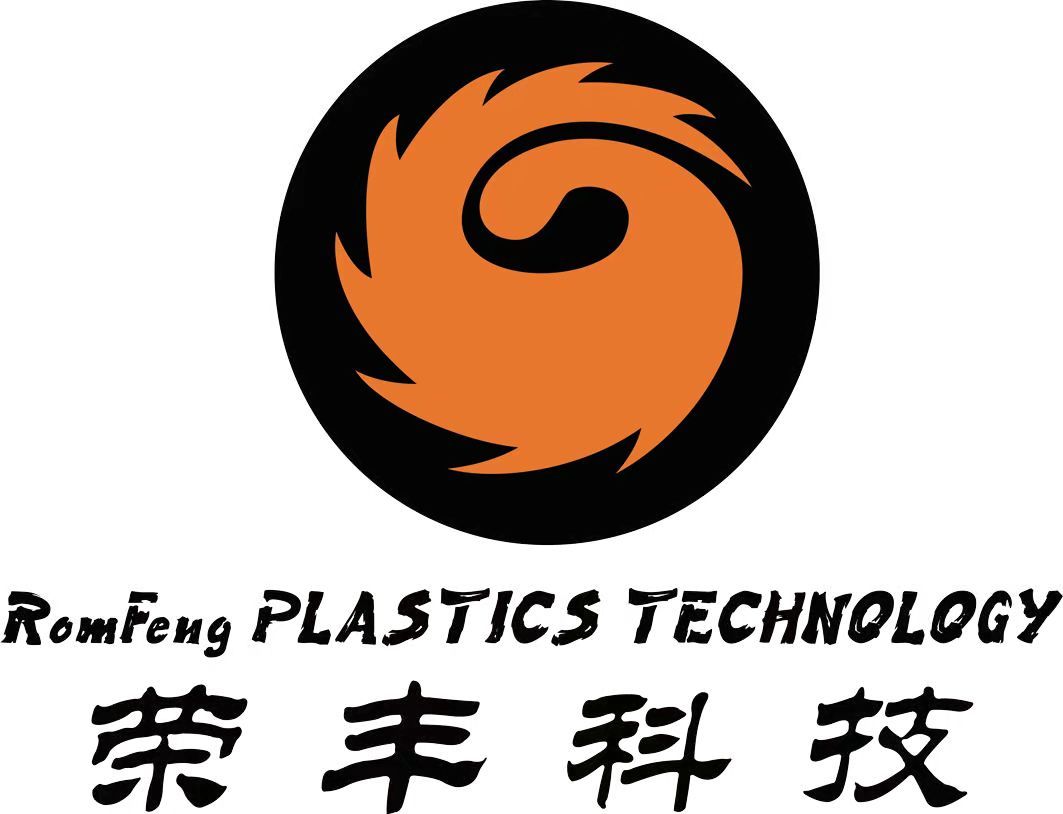PRODUCTS
Rongfeng Plastic Master Batches Manufacturer ABS Color Masterbatch
PVC Compound Insulation Material for 80℃ 90A NTC Electric Blankets Thermal Sensitive Wires
PETG Color Masterbatch on Special Compound(based material)
PVC Color Masterbatch Transparent Effect for Eye Protectors
RONGFENG Factory Latest PLA Color Masterbatch Matched by Client's Material Customized Colors
TPU Modified Material for Car Dust Covers
Fully Bio Degradable Plastic Materials for Phone Cases
PP Shiny Pink Color Masterbatch with Glittering Effect
PP Light Yellow Color Masterbatch for Caps
PLA PETG Color Masterbatch for Dark Twinkling Green Gold Purple Blue






